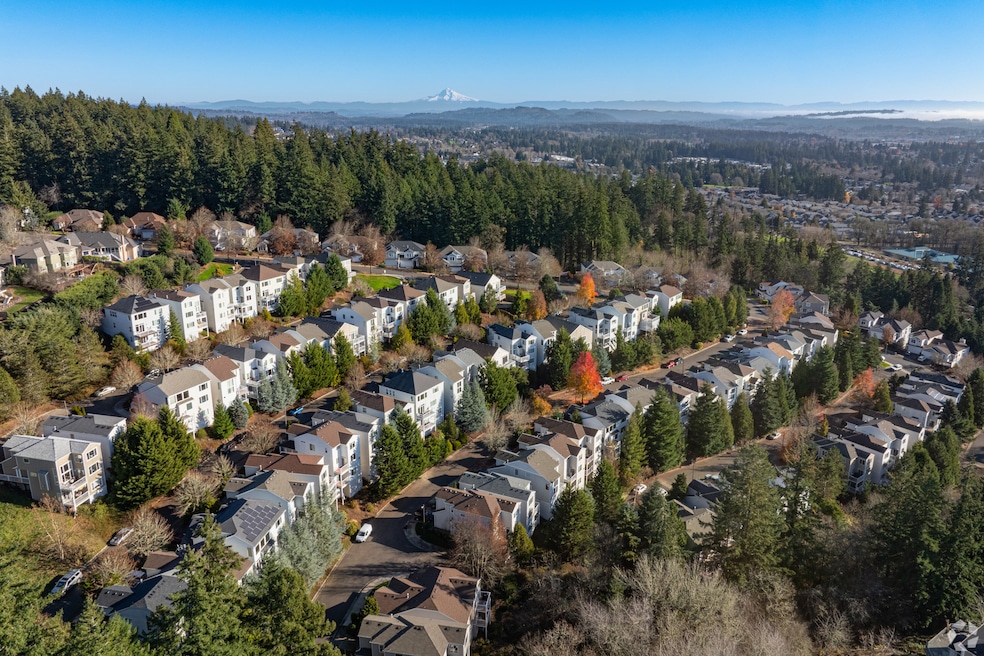Sales of existing U.S. single-family homes and condos rose last month as more people set aside their fears about high mortgage rates. But the reality is that the housing market is still stuck in a rut.
December was the third straight month that sales of existing homes increased, this time by a seasonally adjusted annual rate of 2.2% from November to 4.24 million transactions, according to the National Association of Realtors. Still, on an annual basis, sales of previously owned homes in 2024 were the lowest they’ve been since 1995. At the same time, the median price of existing homes sold last year reached a record high of $407,500.
“Sometimes one has to look at other economic data like the increase in jobs and population and shake one’s head,” said Lawrence Yun, the NAR’s chief economist.
The month-to-month data accounts for seasonal variations because people tend to shop for homes more when the weather is warmer. The four months between November and February tend to be the slowest months of the year for home sales, according to NAR. The annual rate, on the other hand, shows what total sales would be if the same pace of homebuying was maintained throughout the year.
Yun attributed the general malaise in homebuying to a lack of affordability but also limited supply. More homes are coming on the market, though, with more than 1.1 million existing homes for sale in December. That’s a 16% increase from one year earlier, Yun said, for a 3.3-month supply.
From the Homes.com blog: How much home can I afford: A step-by-step guide
It’s not enough homes for sale to lead to a substantial reduction in home prices, however. The median price in December was $404,400, up 6% from the same month in 2023. Sales continue to be concentrated in higher-dollar properties, with a 14% reduction in the past year in sales of homes priced at $100,000 or less, and a 35% rise in deals involving houses that cost $1 million or more.
On a regional basis, existing home sales increased 3.9% in the Northeast, 3.2% in the South and 2.6% in the West in December.
A recent NAR survey of listing agents revealed that fewer people are looking at homes than a year ago, Yun said. They have been disappointed by persistently high mortgage rates, which crept back above 7% earlier this month. People who might move to list their homes in a stronger market continue to engage in the so-called lock-in effect: they bought their houses years ago when rates were as low as 3%, and they don’t want to sell those homes in order to buy something else at a much higher rate.
“Due to the ongoing lock-in effect and affordability constraints, we currently expect another year of sluggish existing home sales,” said Mark Palim, chief economist for Fannie Mae, a private company controlled by the U.S. government that buys mortgages from lenders, in a statement.
Some homeowners are beginning to rent out their homes rather than sell them when they move to another market, Ivy Zelman, executive vice-president of Zelman & Associates, said in an interview. But others will choose not to wait for mortgage rates to decline.
“Property taxes and insurance can cause people to reconsider homeownership in many parts of the country. So it’s not just the lock-in effect,” Zelman said.

